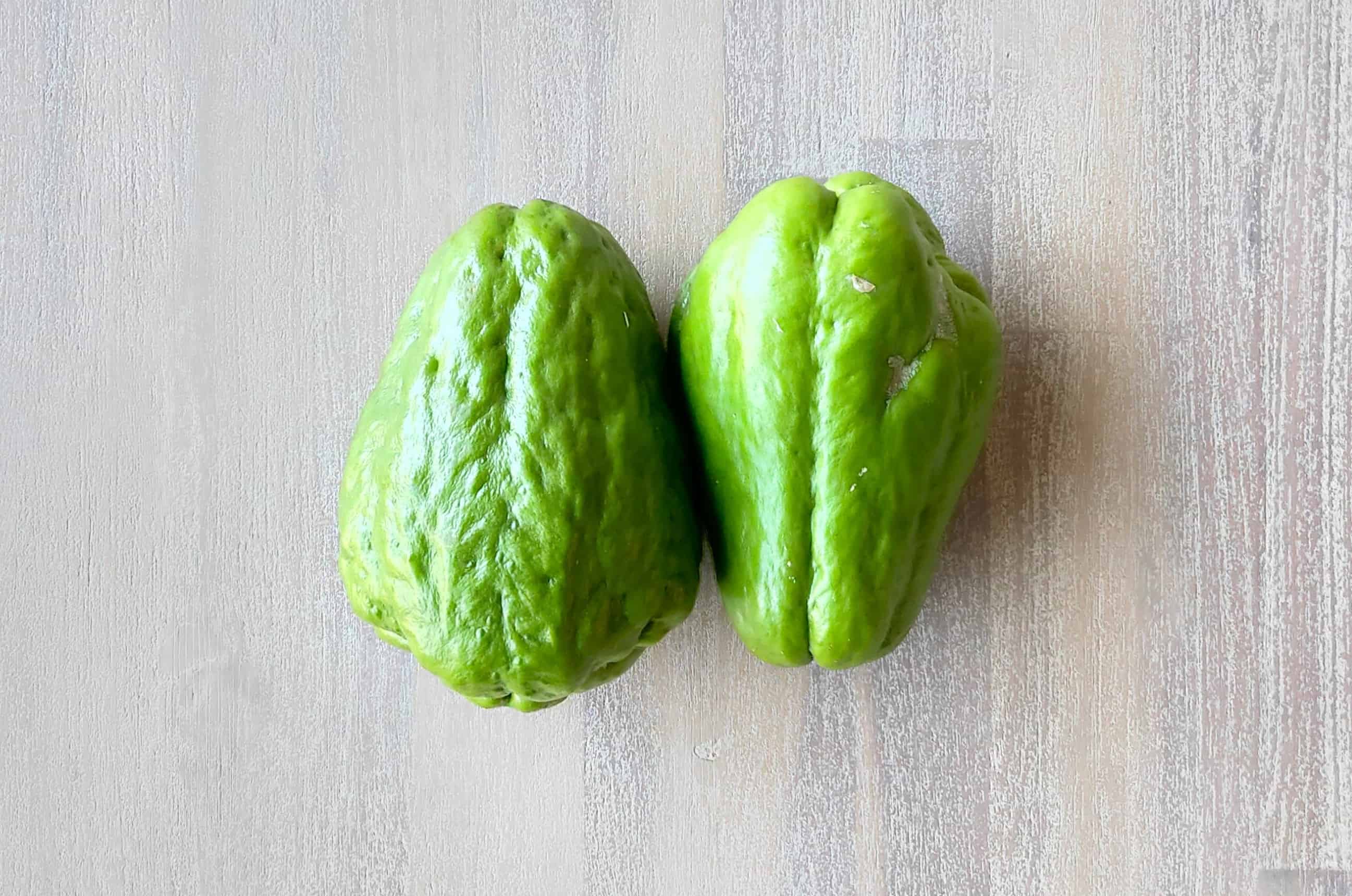
Chokos, also known as chayote, are a unique vegetable that often leaves people curious. Originating from Central America, this green, pear-shaped veggie packs a punch in both nutrition and versatility. But what makes chokos so special? For starters, they are low in calories yet rich in fiber, making them a great addition to any diet. They can be eaten raw, cooked, or even pickled. Their mild flavor allows them to blend seamlessly into a variety of dishes, from salads to stews. Want to know more? Here are 20 fascinating facts about chokos that will make you appreciate this humble vegetable even more.
Key Takeaways:
- Choko, also known as chayote, is a versatile and nutritious vegetable that can be enjoyed raw or cooked in various dishes, making it a great addition to a healthy diet.
- With its rich history and cultural significance, choko has become a beloved vegetable in diverse cuisines around the world, symbolizing abundance and prosperity while offering numerous health benefits.
What is Choko?
Choko, also known as chayote, is a versatile vegetable native to Central America. It has a mild flavor and can be used in various dishes. Let's dive into some fascinating facts about this unique vegetable.
Nutritional Benefits of Choko
Choko is not just tasty; it's also packed with nutrients that can benefit your health.
- Rich in Vitamin C: Choko provides a good amount of vitamin C, which helps boost the immune system and promotes healthy skin.
- Low in Calories: With only about 20 calories per 100 grams, choko is an excellent choice for those looking to maintain or lose weight.
- High in Fiber: This vegetable is high in dietary fiber, aiding digestion and helping to prevent constipation.
- Contains Antioxidants: Choko is rich in antioxidants, which help protect the body from damage caused by free radicals.
- Good Source of Folate: Folate is essential for cell division and DNA synthesis, making choko a great addition to the diet, especially for pregnant women.
Culinary Uses of Choko
Choko's mild flavor and versatile texture make it a popular ingredient in many cuisines.
- Eaten Raw or Cooked: Choko can be enjoyed raw in salads or cooked in various dishes, including soups, stews, and stir-fries.
- Used in Pickles: In some cultures, choko is pickled and used as a condiment or side dish.
- Stuffed Choko: The vegetable can be hollowed out and stuffed with meat, rice, or other fillings for a delicious main course.
- Choko Chips: Thinly sliced choko can be baked or fried to make a healthy alternative to potato chips.
- Choko Leaves and Shoots: Not just the fruit, but the leaves and shoots of the choko plant are also edible and used in various dishes.
Growing Choko
Choko is relatively easy to grow, making it a favorite among home gardeners.
- Climbing Vine: Choko grows on a climbing vine, which can reach up to 12 meters in length.
- Prefers Warm Climates: This plant thrives in warm, tropical climates but can also be grown in temperate regions with proper care.
- Requires Support: Due to its climbing nature, choko needs a trellis or other support structures to grow properly.
- Produces Year-Round: In suitable climates, choko can produce fruit year-round, providing a continuous supply of fresh vegetables.
- Easy to Propagate: Choko can be easily propagated by planting a whole fruit in the ground, making it accessible for novice gardeners.
Historical and Cultural Significance
Choko has a rich history and cultural significance in various parts of the world.
- Ancient Crop: Choko has been cultivated for thousands of years, with evidence of its use dating back to ancient Mesoamerican civilizations.
- Symbol of Abundance: In some cultures, choko is considered a symbol of abundance and prosperity due to its prolific growth.
- Used in Traditional Medicine: Various parts of the choko plant have been used in traditional medicine to treat ailments such as inflammation and high blood pressure.
- Cultural Festivals: In regions where choko is a staple, festivals and celebrations often feature this vegetable in various dishes and activities.
- Global Spread: From its origins in Central America, choko has spread to many parts of the world, including Asia, Africa, and the Pacific Islands, becoming a beloved vegetable in diverse cuisines.
The Final Scoop on Chokos
Chokos, also known as chayotes, are more than just a quirky vegetable. Packed with nutrients, they offer a low-calorie option for those looking to eat healthily. From their origins in Central America to their versatility in the kitchen, chokos have a lot to offer. They can be eaten raw, cooked, or even pickled, making them a flexible addition to any meal. Plus, their mild flavor means they can blend well with various dishes, from salads to stews. Whether you're a seasoned cook or just starting out, incorporating chokos into your diet can be a fun and nutritious choice. So next time you're at the grocery store, give chokos a try. You might just find a new favorite ingredient.
Frequently Asked Questions
Was this page helpful?
Our commitment to delivering trustworthy and engaging content is at the heart of what we do. Each fact on our site is contributed by real users like you, bringing a wealth of diverse insights and information. To ensure the highest standards of accuracy and reliability, our dedicated editors meticulously review each submission. This process guarantees that the facts we share are not only fascinating but also credible. Trust in our commitment to quality and authenticity as you explore and learn with us.


